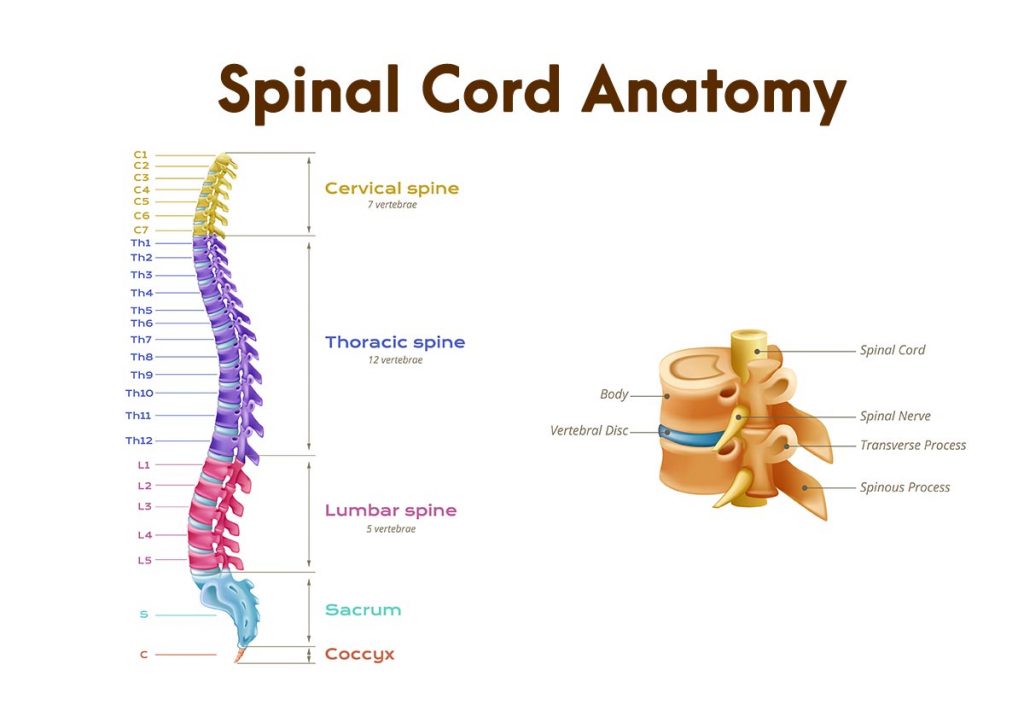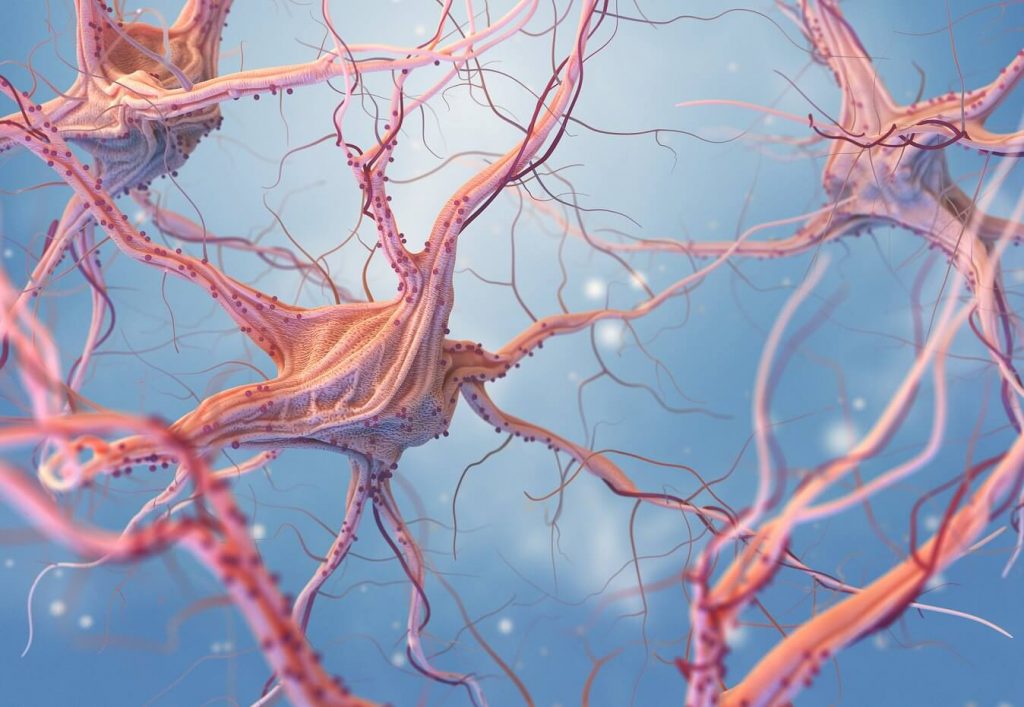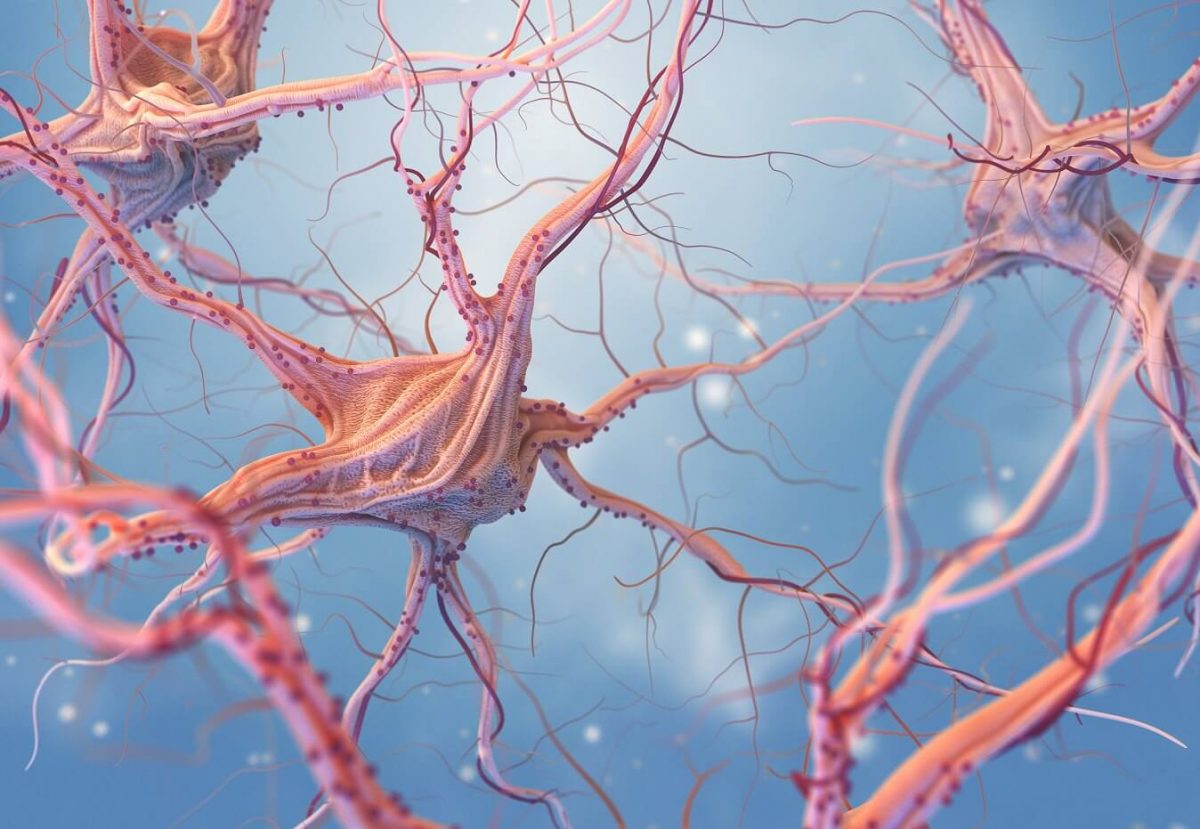- Spinal Cord Structure
- Primary Functions of the Spinal Cord
- 10 Interesting Facts About the Spine and Spinal Cord
- Take Care of the Spine
The spinal cord is a complex structure of nerves that are part of the Central Nervous System (CNS). It is contained in the spinal column and is central to body functioning. Its importance to movement and body support is commonly known, but there are many other aspects of the spinal cord that may be surprising.
Spinal Cord Structure
The human spine structure is a set of well-balanced bones and tissues that serve many purposes. There are 33 stacked bones that are interlocked to form the spinal column. The bones are called vertebrae and are divided into five regions:
- Cervical – 7 moveable vertebrae in the neck
- Thoracic – 12 moveable vertebrae in the middle of the back
- Lumbar – 5 moveable vertebrae in the lower back
- Sacrum – 5 fused vertebrae in the pelvic area
- Coccyx – 4 fused vertebrae called the tailbone in the upper buttocks area

Since the first 24 vertebrae enable movement, they are the bones most often discussed. Between the movable vertebrae are intervertebral discs that serve as cushions for the bones. The discs have two parts: the hard outside layer called the annulus and the softer center called the nucleus.
Primary Functions of the Spinal Cord
Here are some spinal cord facts:
- The spinal column of stacked vertebrae creates a hollow spinal canal through which the spinal cord runs from the brain to the first lumbar vertebra
- At that point, the cord’s fibers separate but continue into the lumbar region and eventually reach the tailbone
- From the tailbone, the nerves branch out to the legs and feet.
The spinal cord is a set of nerves that are part of the Central Nervous System (CNS), which includes the brain. About 18 inches long, the primary two functions of the spinal cord are:
- Connect the peripheral nervous system to the brain
- Serve as a coordinating center for spinal reflexes
The spinal reflex, in simplest terms, is when sensory neurons fire completely within the spinal cord. These are basic reactions that are not the result of conscious movement and bypass the brain.
These automatic reactions help the body maintain posture and perform other functions, like the withdrawal reflex. Touch something hot, and the hand is pulled away without a thought. The skin receptors initiate nerve impulses that go to the spinal cord, where motor neurons react and send a rapid message to the muscles that withdraw the hand.
10 Interesting Facts About the Spine and Spinal Cord
The spine and spinal cord are crucial in many ways. People are usually familiar with the fact that the spine supports the body and assists movement, and the spinal cord is made of nerves. However, there are many surprising facts about the spinal cord, including the following:
- The spinal cord is like a main headquarters of nerves with the peripheral nervous system, consisting of 43 pairs of sensory and motor nerves, connecting the brain and spinal cord to the other parts of the body. Surprising is the fact they are very fragile and subject to being easily damaged.
- The spinal cord controls voluntary and involuntary movements, i.e., standing up (voluntary) and breathing (involuntary).
- A spinal cord injury disrupts the transmission of nerve messages from the injury down, so the closer the injury is to the brain, the more damage caused.
- The spinal cord enables walking by sending signals to the leg muscles to extend or contract or perform other movements.
- Nerve cells are the longest cells in the body.
- Smoking negatively impacts the spine and can increase back pain by decreasing blood and nutrients, reaching the spine.
- There are over 1-billion neurons in the spinal cord.
- Over 120 muscles and 220 ligaments support the average spine.
- Vehicle accidents are the leading cause of injuries to the spinal cord and back pain.
- The spinal cord cannot repair itself if injured, but researchers are working on new technologies that can replace the function of the damaged nerves.

Take Care of the Spine
The health of the spine and nervous system has a direct bearing on the quality of life. Take care of the spine by exercising regularly to keep the back and abdomen muscles and ligaments strong and flexible. Also, maintain a good posture, eat a healthy diet, because all the bones and tissues in the spine, including the spinal cord, need proper nutrition.
Follow these practical steps; the human spinal cord will enable the body to better manage everything from movement to pain.
